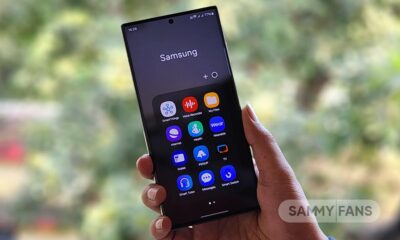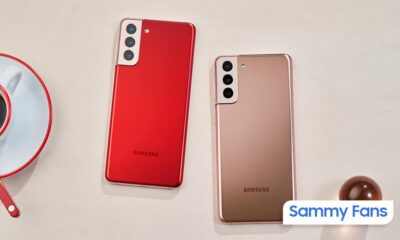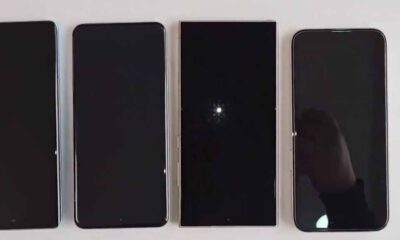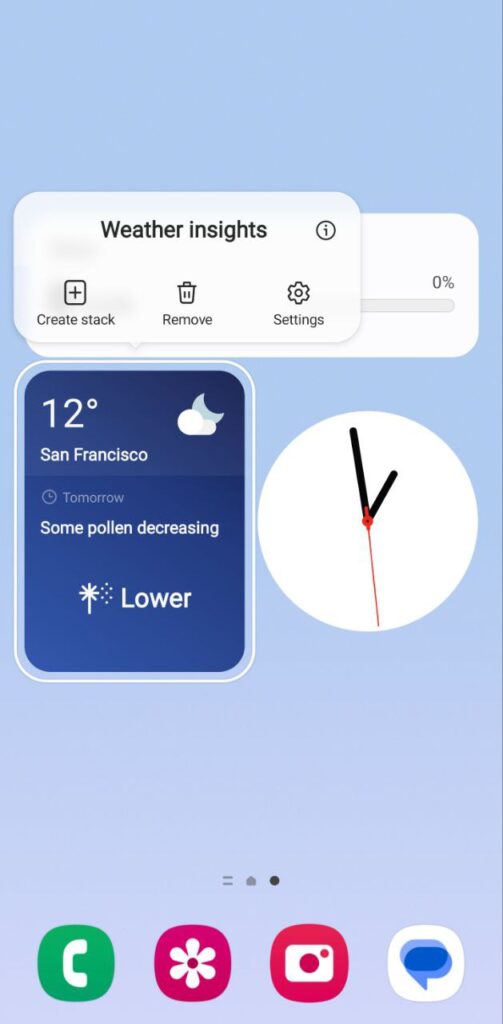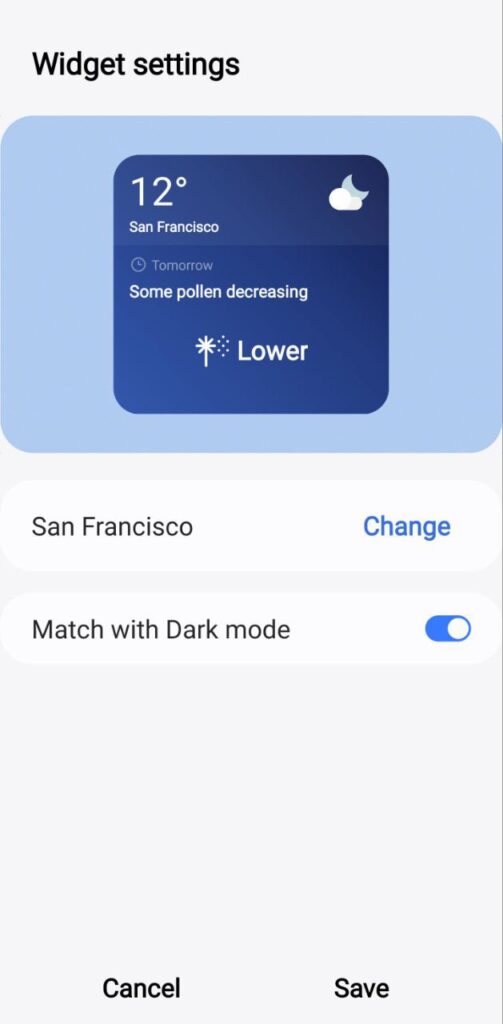
Here’s how to use blood pressure monitoring on Samsung Galaxy smartwatches
Samsung’s smartwatches come with a bunch of cool features along with a new and unique design. Users can also customize the Galaxy watches in different ways just like their smartphone. The company offers smart wearables in two different build materials including stainless steel and aluminum body.
Not only impressive hardware, but the Galaxy Watch offering from Samsung also provides numerous health features and alerts too, if needed. One of the top features of the Galaxy smartwatches is “blood pressure monitoring”. However, this feature is only available for the Galaxy Watch 3 and Galaxy Active 2 users.
Join us on Telegram
This functionality allows users to easily measure the blood pressure from their wrist. Along with this, the Korean tech giant has recently expanded the availability of the ECG function that lets you check for signs of heart disease. Users have to calibrate the dedicated blood pressure cuff according to their wrist to start blood pressure monitoring through a compatible Galaxy Watch.
Here’s how blood pressure monitoring works on Samsung smartwatches?
Once you calibrated the watch with a traditional cuff, the device measures blood pressure through pulse wave analysis, which is tracked with the heart rate monitoring sensors. The program then analyzes the relationship between the calibration value and the blood pressure change to determine the blood pressure. To ensure accuracy, users are required to calibrate their device at least every four weeks and the system apps of the watch must be updated to the latest version.
Note: Same as Samsung’s ECG feature, this feature is also currently available on the Samsung Galaxy Watch 3 and Galaxy Watch Active 2 as these are the only smartwatches that have the latest Android version and also fulfill the requirements for executing this feature.

Steps to take blood pressure on the smartwatch:
- Make sure the Galaxy Wearable, Samsung Health, and Samsung Health Monitor apps on phone and are up to date.
- After updating all apps, the first thing to do is calibrate the watch. For that, you need to open the Health Monitor app, tap on the blood pressure tab. After that, you will be prompted to the page where you need to calibrate the watch using Kinetik’s advanced blood pressure monitor.
- Get the blood pressure monitor cuff in place on your arm making sure that you are sitting down, relaxed, then place your arm is positioned level with your heart.
- Then wearing the blood pressure monitor cuff, place your Samsung smartwatch on the wrist.
- After the watch started prompting, start the blood pressure monitor and wait for 30 seconds to get the readings.
- After completing the measurement, you need to add two numbers on the Samsung Health Monitor app that calibrated on the monitor.
- After that, repeat the process three times for the correct reading before you take the cuff off.
- Once the calibration process is done simply head to the health monitor app, click on the widget to take the measurement of heart rate, and wait for 30 seconds until you get the details of the blood pressure.
JOIN SAMMY FANS ON TELEGRAM
Additionally, with the use of the Samsung Health app, you can also take a look at the details of the recent readings over a day, week, or month so that you can track blood pressure changes in recent times helping to keep your heart healthy.
| Via |
One UI 6.0
How to bring One UI 6 Weather Insight Widget to your Galaxy’s Home screen
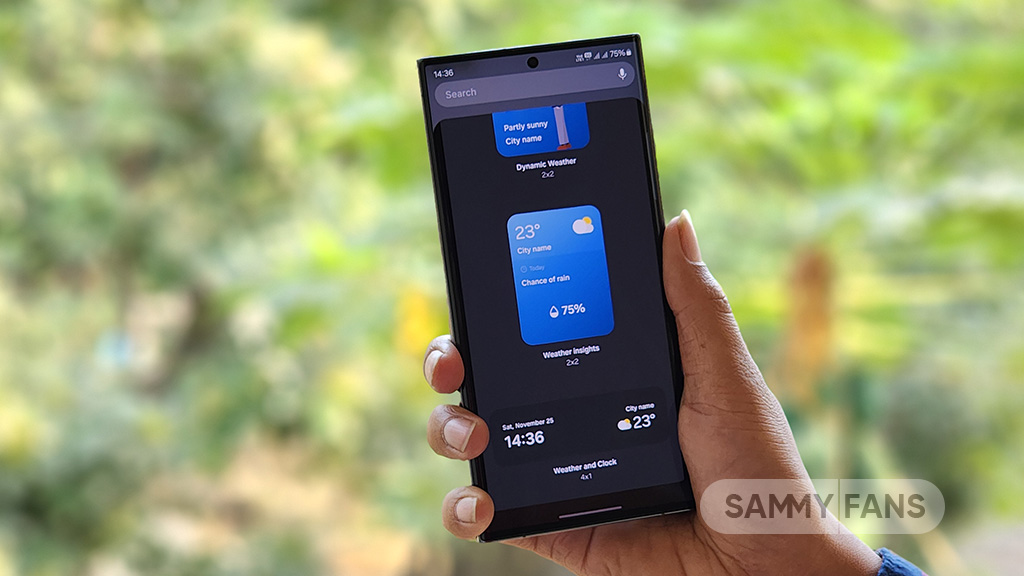
Samsung One UI 6.0 brings a lot of new features and improvements to the Galaxy devices. One of the most useful features is the Weather Insight Widget, which provides a comprehensive overview of the local weather conditions.
The Weather Insight Widget shows the current temperature, humidity, air quality, UV index, and wind speed, as well as the forecast for the next 24 hours and 7 days.
It also alerts the user of any upcoming severe weather, such as storms, snowfall, rain, or heat waves. The widget helps the user stay well-informed and prepared for weather changes.
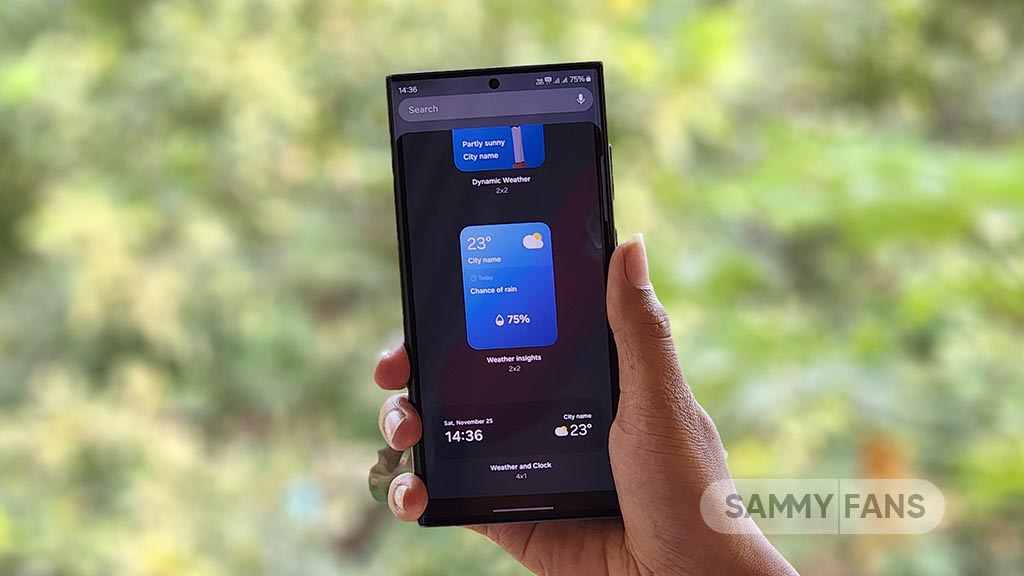
You can easily add the Weather Insight Widget to the home screen of the Galaxy device. Here are the steps to follow:
- Tap and hold the blank space on the home screen until the options menu appears.
- Click on the Widgets.
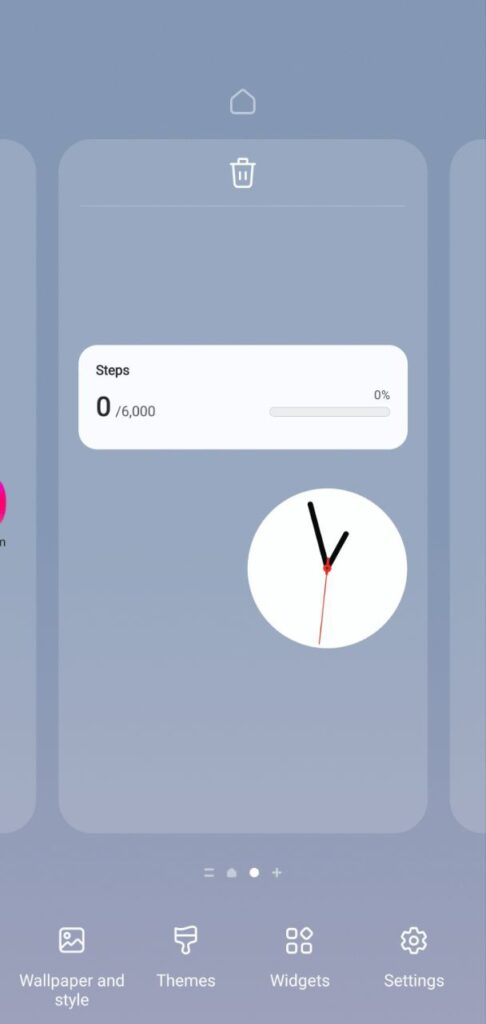
- Scroll down to find Samsung Weather.
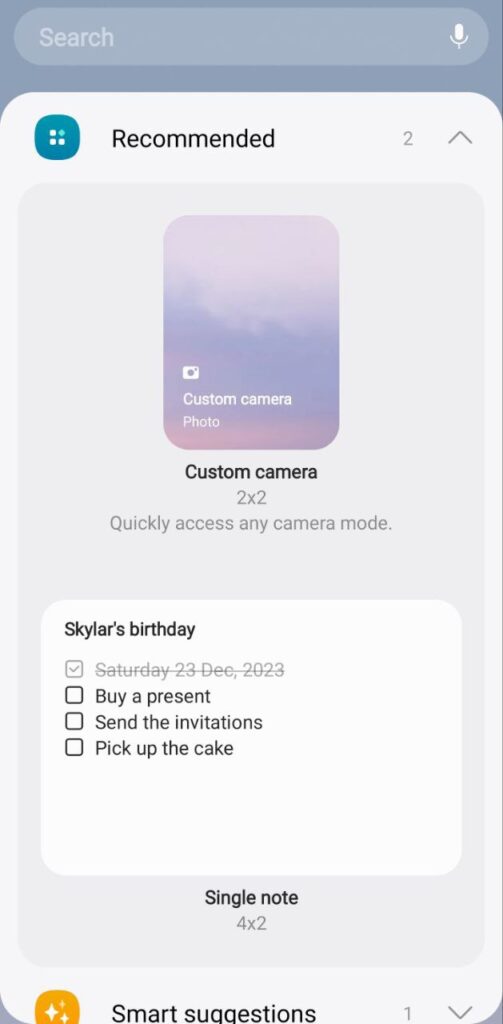
- Press the Weather option.

- Tap on the Insight from the list of widgets.
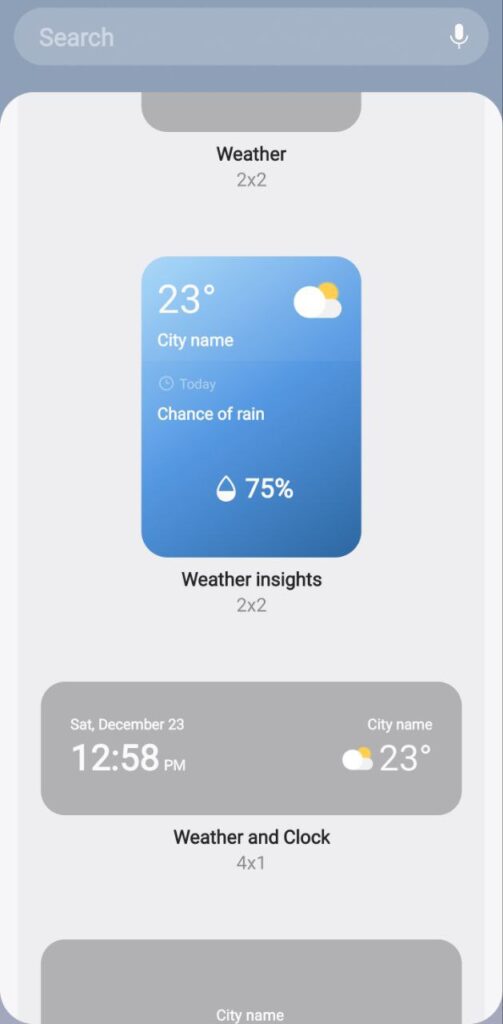
- Click on the Add option.
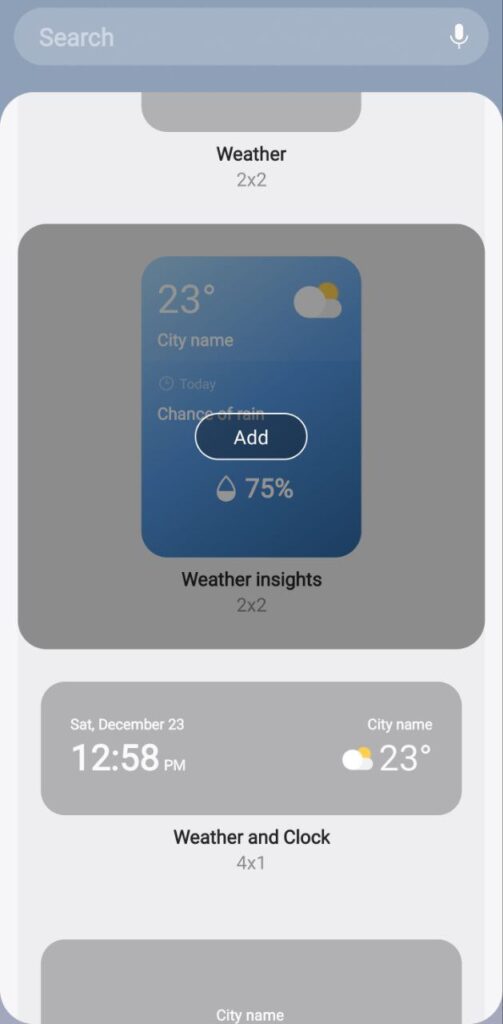
Now, you can drag and drop the widget to the desired location on the home screen and resize it if needed. Once the widget is added, the user can edit it by tapping on the settings icon on the top right corner of the widget. The user can also access more details and tips by tapping on the widget itself.
9 Amazing One UI 6.0 features you should try on your Samsung Galaxy device
Tips and Tricks
Mastering Smartphone Screen Issues: DIY Hacks with Samsung’s Digital Service Center
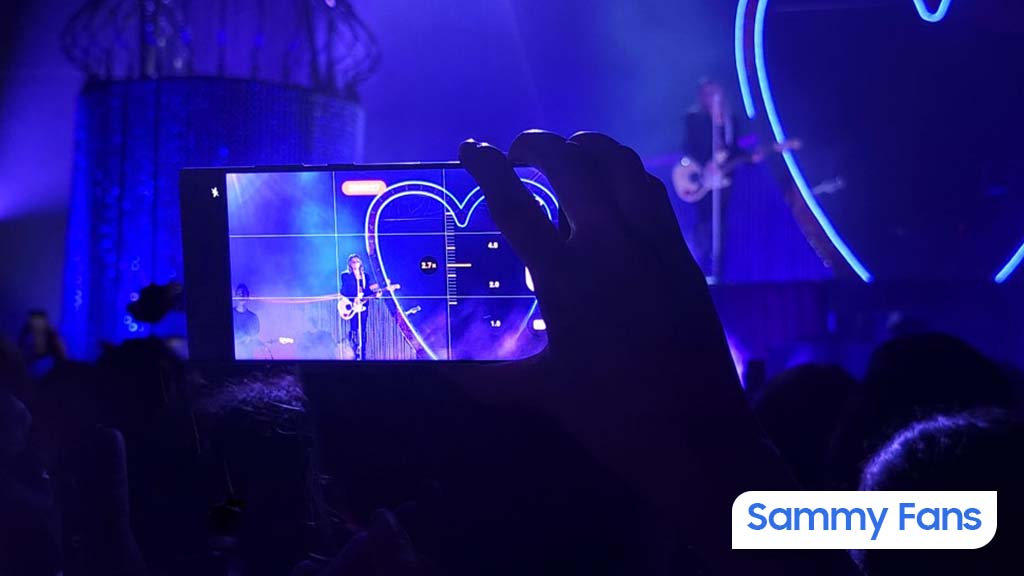
What if your smartphone’s touchscreen isn’t working properly, and you can’t manage the time to visit a service center? Don’t worry, you can effortlessly ensure optimal device health and get personalized support right at your fingertips by using Samsung’s Digital Service Center.
Here are DIY hacks that would ensure smooth functioning of your smartphone’s screen:
Screen doesn’t detect single-finger touches
- It’s possible that ‘TalkBack’ feature might be on. To disable ‘TalkBack’, tap on the settings icon once to select, followed by a double tap to open it.
- Scroll down and open ‘Accessibility’ and go to ‘Installed Apps’. Double tap on ‘TalkBack’ and then tap once on the on and off switch at the top right.
- Tap on ‘Turn off,’ and the ‘TalkBack’ feature will be disabled. You can also turn off ‘TalkBack’ using Bixby by simply pressing and holding the Bixby button and saying “Turn off TalkBack”.
Display’s touch sensitivity is too low
- Any attachment to the screen may affect the touch sensitivity of the device. But the touch sensitivity can be easily changed by following a series of simple steps.
- Navigate to ‘Setting’ and select ‘Display’. Scroll down to find the option for ‘Touch Sensitivity’ and toggle it on.
- If the touch sensitivity issue persists, try removing your phone’s screen guard and retesting your phone.
Screen doesn’t detect S-Pen input
- Any third-party accessories with a magnetic component, such as a phone cover, can affect S Pen recognition.
- To fix this, remove the accessory and install a Samsung-authorized cover, and try again.
- For optimal S Pen performance, avoid exposure to magnetic objects.
Tips and Tricks
Download One UI 5.1.1 Always On Display with new clock styles
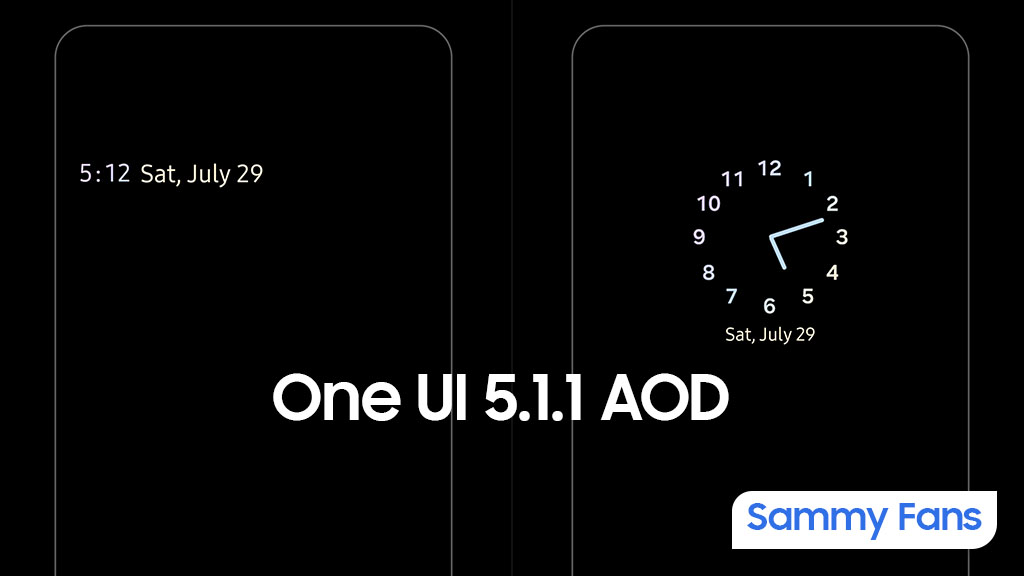
Samsung’s latest foldable smartphones come preinstalled with One UI 5.1.1. This new software comes with improved animations, some new useful features, and usability improvements. In addition, the One UI 5.1.1 brings a new Always On Display Clock Style and revamps one, which is available for download.
One UI 5.1.1 enhances the circular dial Always On Display clock, bringing the same-sized clock numbers. Besides, it adds a new clock style, which is in a horizontal arrangement and showcases time and date along with the day. The latest version of the Always On Display app brings new clock styles to One UI 5.1 phones.
Using the download link, you can download the APK file of the Always On Display app version 8.3.25.8 via mega.nz (via tarunvats33). Hopefully, Samsung will bring the new additions to Galaxy users with future update to the One UI’s AOD app.
- Always On Display v8.3.25.8 — Download [mega]

Follow our socials:

